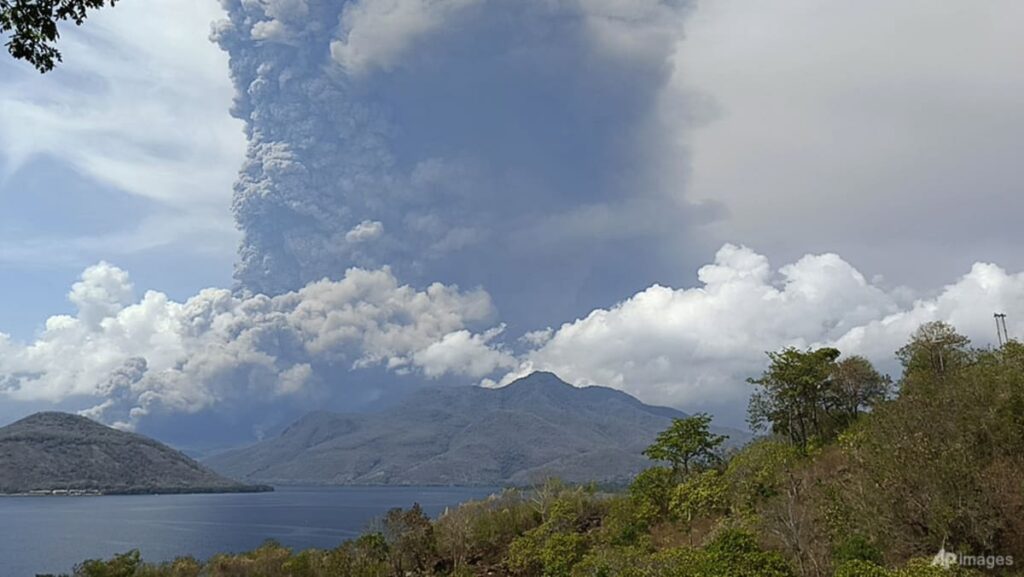SINGAPORE: Hundreds of travellers were stranded or had their Bali vacations cancelled when airlines on Wednesday (Nov 13) halted flights after a nearby volcano erupted, spewing a 9km ash tower into the sky.
The next morning, however, several airlines were quick to resume flights to the Indonesian holiday destination, with some carriers noting “improved” conditions.
What does volcanic ash do to an airplane?
Volcanic ash contains fine ash and sharp glass-like particles. When that enters a jet engine, it can lead to severe damage and potentially cause the engine to malfunction.
Jet engines draw in air, compress it, mix it with fuel and ignite it. This process generates high-pressure exhaust gases that propel the engine and the aircraft forward.
To function properly, engines rely on a precise balance of fuel and airflow. Disrupting this airflow, as volcanic ash does, can create problems.
Aviation safety consultant Michael Daniel told CNA that in the worst-case scenario, the abrasiveness of volcanic ash on the engine blades can cause an engine “flame-out”, or shutdown.
And yes, there have been instances where engines flamed out due to flying through volcanic ash clouds, he added.
Flame-outs can then lead to loss of thrust and propulsion and altitude drops among others.
Additionally, the high temperatures inside the engine also melt the volcanic glass in the ash, causing it to stick to and clog engine parts, according to the UK Civil Aviation Authority.
The International Civil Aviation Organization (ICAO) meanwhile wrote in a publication how volcanic ash can block plane sensors, resulting in unreliable airspeed indications and erroneous warnings.
Ash can also render windscreens partially or completely opaque – an immediate visibility hazard – and even contaminate cabin air.
Read the full article here

